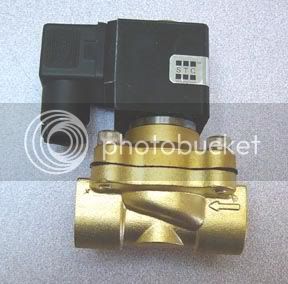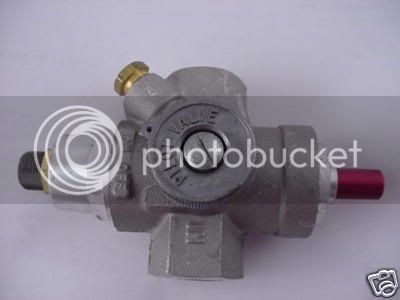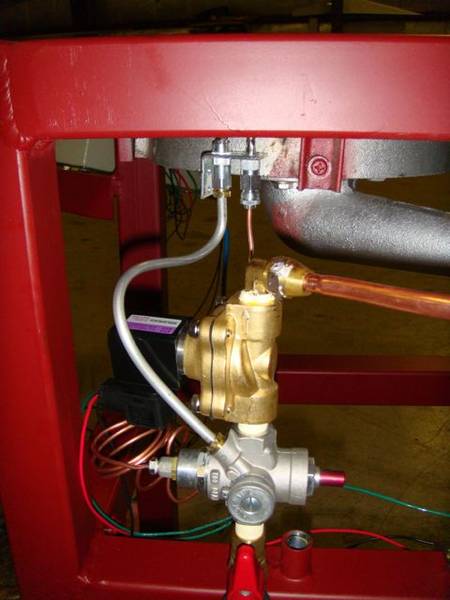Here is a link to Honeywell pilot burners, typical model is the Q314A with a BCR - 18 orifice for NG gas use. http://site.famousparts.com/HONEYWELL/60-2075.pdf
Thermocouples are fairly universal within the gas valve product lines , connection size is similar, length varies. One exception is the ones marked as 750 MV power pile for use with self powered gas valve actuators, which is not meant for use with the Baso valve. Pilot burners can be found on Ebay and other sites and will be in the $10-$20 range without the thermocouple which could be found at hardware stores. Since most of the ones displayed are set up for NG you would need the replacement orifice for LP (BCR-13 for the Q314 models) to get a clean flame, they run about $10.
Thermocouples are fairly universal within the gas valve product lines , connection size is similar, length varies. One exception is the ones marked as 750 MV power pile for use with self powered gas valve actuators, which is not meant for use with the Baso valve. Pilot burners can be found on Ebay and other sites and will be in the $10-$20 range without the thermocouple which could be found at hardware stores. Since most of the ones displayed are set up for NG you would need the replacement orifice for LP (BCR-13 for the Q314 models) to get a clean flame, they run about $10.












































![Craft A Brew - Safale BE-256 Yeast - Fermentis - Belgian Ale Dry Yeast - For Belgian & Strong Ales - Ingredients for Home Brewing - Beer Making Supplies - [3 Pack]](https://m.media-amazon.com/images/I/51bcKEwQmWL._SL500_.jpg)










